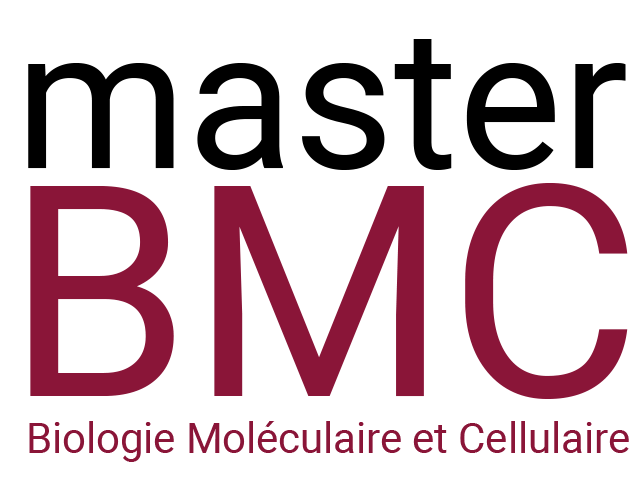Equipe d’Accueil :
Intitulé de l’Unité : UMR IMPROVE UVSQ-INSERM (ex-U1179)
Nom du Responsable de l’Unité : Aurélie Goyenvalle, PhD, DR Inserm
Nom du Responsable de l’Équipe : Aurélie Goyenvalle, PhD, DR Inserm
Adresse : UFR des sciences de la santé, 2 Avenue de la source de la Bièvre, 78180 Montigny le Bretonneux
Responsable de l’encadrement : Julien Dang, MD, PhD, Praticien Hospitalier Universitaire
Tél : 01 49 09 57 11 Fax : 01 49 09 46 20 E-mail: julien.dang@aphp.fr
Résumé du projet
The research conducted in our laboratory focuses on developing innovative antisense-based strategies targeting mRNA modulation as potential treatments for neuromuscular and kidney diseases. In particular, our lab has pioneered the use of AAV vectors to mediate exon skipping as a therapy for Duchenne muscular dystrophy (DMD). Antisense strategies show great promise for the therapeutic correction of a variety of genetic disorders. However, they have yet to reach their full potential in the field of nephrology.
In this project, we will investigate the therapeutic potential of this exon-skipping strategy (ESS) in Autosomal Dominant Polycystic Kidney Disease (ADPKD). ADPKD is the most common hereditary kidney disease, affecting 1 in 1,000 individuals. It is most often caused by a loss-of-function mutation in the PKD1 gene (78% of cases), which encodes polycystin-1 (PC1). These mutations lead to the formation of numerous large renal cysts that progressively destroy the renal parenchyma, ultimately accounting for 8% of end-stage renal disease cases.
Recent data suggest that the loss of the C-terminal portion of PC1 is particularly critical in disease pathogenesis. Its restoration in mice with a bi-allelic, inducible Pkd1 deletion in the renal tubule was sufficient to reduce cyst formation and preserve kidney function. More than 60% of the mutations identified in PKD1 are truncating, leading to the loss of the C-terminal region and a more severe phenotype.
We hypothesize that ADPKD could be amenable to an innovative ESS approach using AONs which, as demonstrated in DMD, would produce a shortened but functional form of PC1 by restoring the reading frame and enabling expression of its C-terminal region. Our objective is to establish proof of concept for ESS in a tubule-on-chip model of cystogenesis, using human kidney cyst–derived cell lines from ADPKD patients carrying truncating PKD1 mutations.
In this project, the student will employ a wide range of techniques, including cell culture, RNA extraction, RT-qPCR, western blotting, immunocytochemistry, cell viability and proliferation assays, and others.
Ce projet s’inscrit dans la perspective d’une thèse
Type de financement prévu : à définir
Ecole Doctorale de rattachement : ED569 – Innovation Thérapeutique du Fondamental à l’Appliqué
(Paris Saclay)
Dernières Publications en lien avec le projet :
1. Blitek M, Gastaldi C, Doisy M, Le Coz O, Tensorer T, Garcia L and Goyenvalle A. The Combined 20-hydroxyecdysone and antisensemediated exon-skipping improve functional outcomes in a mouse model of Duchenne muscular dystrophy. Nucleic Acid Ther. 2025 2025 Feb 17. doi: 10.1089/nat.2024.0085.
2. Phongsavanh M, Bizot F, Saoudi A, Gastaldi C, Le Coz O, Tensorer T, Brisebard E, Garcia L, Goyenvalle A. Valproic Acid Improves Antisense-Mediated Exon-Skipping Efficacy in mdx Mice. Int J Mol Sci. 2025 Mar 13;26(6):2583. doi: 10.3390/ijms26062583
3. Ferlini A, Goyenvalle A. and Muntoni F. RNA-targeted drugs for neuromuscular diseases. Science 2021 Jan 1;371(6524):29-31.
4. Bizot F, Vulin-Chaffiol A and Goyenvalle A. Current status of antisense oligonucleotide-based therapy in neuromuscular disorders. Drugs 2020 Aug 1. doi: 10.1007/s40265-020-01363-3.
5. Aupy P, Zarrouki F, Sandro Q, Gastaldi C, Buclez PO, Mamchaoui K, Garcia L, Vaillend C and Goyenvalle A. Long term efficacy of AAV9- U7snRNA mediated exon 51 skipping in Mdx52 mice. Mol Ther Meth Clin Dev. 2020 May 4;17: 1037-1047.
6. Aupy P, Echevarria L, Relizani K, Zarrouki F, Haeberli A, Komisarski M, Tensorer T, Jouvion G, Svinartchouk F, Garcia L and Goyenvalle A. Identifying and avoiding tcDNA-ASO sequence specific toxicity for the development of DMD exon 51 skipping therapy. Mol Ther Nucleic Acids. 2019 Nov 27;19:371-383.
7. Echevarría L, Aupy P, Relizani K, Bestetti T, Griffith G, Blandel F, Komisarski M, Haeberli A, Svinartchouk F, Garcia L and Goyenvalle A. Evaluating the Impact of Variable Phosphorothioate Content in Tricyclo-DNA Antisense Oligonucleotides in a Duchenne Muscular Dystrophy Mouse Model. Nucleic Acid Ther. 2019 Jun;29(3):148-160.
8. Echevarría L, Aupy P and Goyenvalle A. Exon-skipping advances for Duchenne muscular dystrophy. Hum Mol Genet. 2018 May 16. doi: 10.1093/hmg/ddy171.
9. Relizani K, Griffith G, Echevarría L, Zarrouki F, Facchinetti P, Vaillend C, Leumann C, Garcia L and Goyenvalle A. Efficacy and safety profile of tricyclo-DNA oligonucleotides: promising tools toward an antisense therapy for Duchenne muscular dystrophy. Mol Ther Nucleic Acids. 2017 Sep 15;7:144-157.
10. Goyenvalle A, Griffith G, Babbs A, ELAndaloussi S, Ezzat K, Avril A, Dugovic B, Chaussenot R, Ferry A, Voit T, Amthor H, Bühr C, Schürch S, Wood MJA, Davies KE, Vaillend C, Leumann C et Garcia L “Functional correction in muscular dystrophic mice using splice-switching tricyclo-DNA oligomers.” Nat. Med. 2015 Mar;21(3):270-5.

